In the small island nation of Kiribati, residents have a saying about sea level rise: “We’re not drowning. We’re fighting.”
Surrounded by the Pacific Ocean, Kiribati is particularly vulnerable to the consequences of climate change, even though the country’s contributions to global greenhouse gas emissions rank among the lowest globally.
Here, people’s lives are closely intertwined with the marine environment. Fishing is the main means of obtaining protein for I-Kiribati residents, and giant clams are a vital component of the traditional diet. But giant clams are increasingly threatened by ocean acidification and warming waters, byproducts of a changing climate, and have been in decline around the islands since 2004.
Kiribati is not alone. As climate change impacts intensify, fisheries around the world are facing swiftly shifting waterscapes. Temperature changes are altering the abundance, location and health of fish. Warmer waters drive coral bleaching, damaging key habitat for a variety of species, including giant clams. An acidifying ocean challenges the reproduction and structural integrity of shellfish. And sea level rise and stronger storms impact coastlines and their natural and human communities.
Millions of people rely on fisheries for income, jobs and food. How can fishers and fishing communities plan and prepare for an uncertain future?
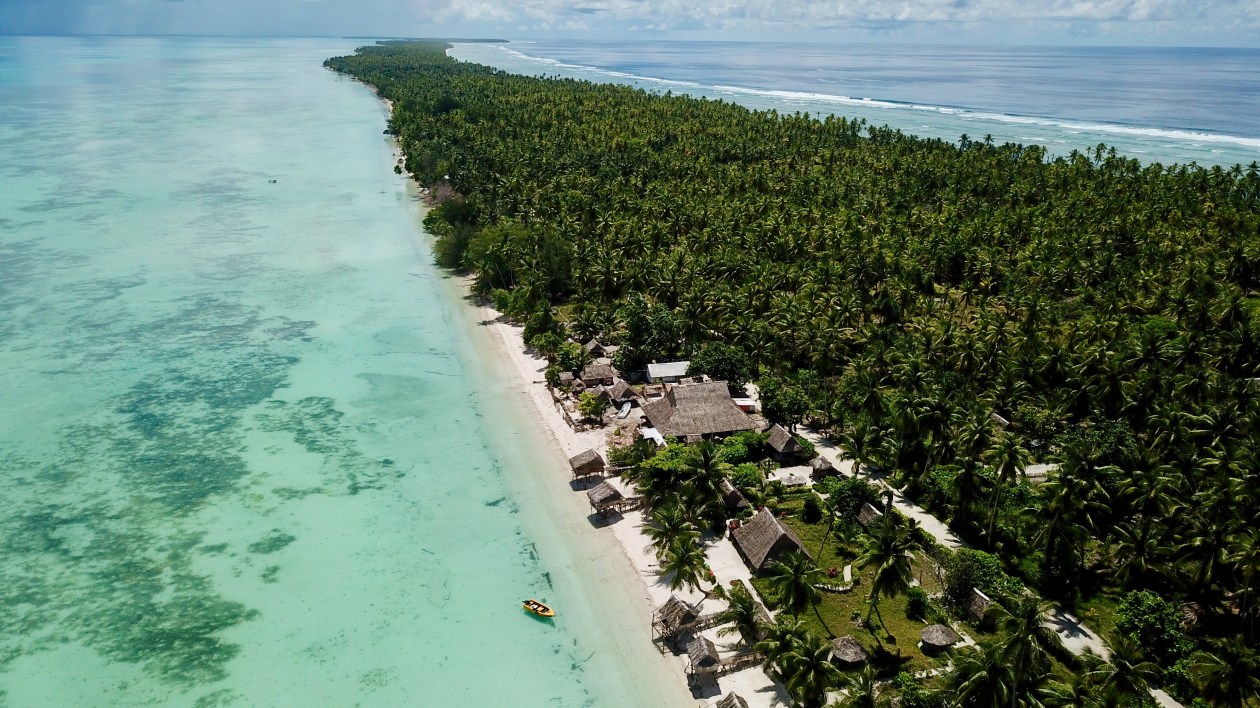
To help answer this question, an international team of fishery scientists worked together to identify 38 characteristics that can boost fisheries’ resilience to climate change. They’re now launching an online toolkit to help natural resource managers identify these characteristics in their fisheries and options for how to adapt to shifting fishing conditions. The toolkit is flexible enough to apply to fisheries of different scales, from subsistence clam-diving on Kiribati to Maine’s lobster industry, said team co-leader Kristin Kleisner.
“We can’t afford to go slowly. The pace of the changes we’re seeing on the water are outpacing management’s ability to respond,” said Kleisner, senior director of ocean science and lead senior scientist for Environmental Defense Fund, an environmental nonprofit.
Team co-leader Patrick Sullivan, a professor emeritus at Cornell University and a fisheries scientist and statistician, said the goal of the toolkit is to align climate-resilient solutions with what fishers are experiencing on the water.
“It gives agency to local managers and local fishermen and allows them to work through the process of how to respond to climate change,” Sullivan said. “That agency part is really powerful because it gets people thinking about their options and how to view the world in a way that allows them to adapt to change.”
The team was funded by the Science for Nature and People Partnership, or SNAPP, a joint effort of the Wildlife Conservation Society and The Nature Conservancy, with support from a grant from The David and Lucile Packard Foundation.
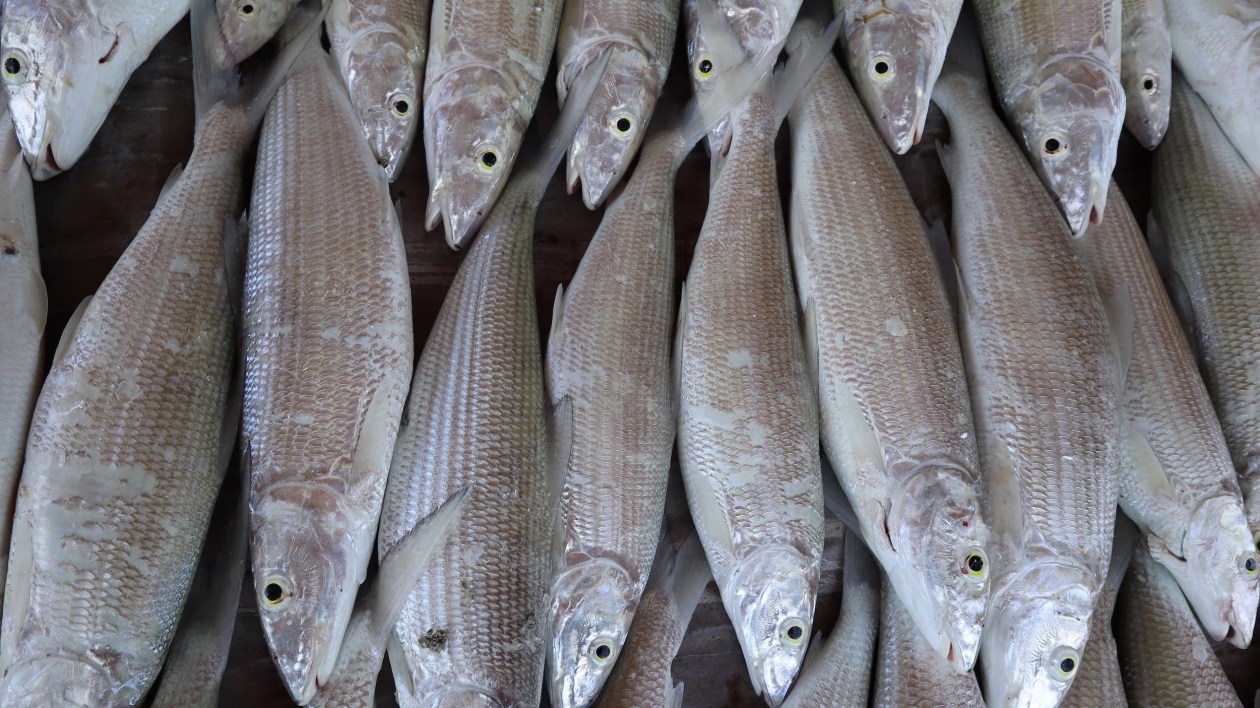
Climate Change Altering the State of Fishing Worldwide
Two-thirds of the world’s seafood comes from aquaculture and small-scale fisheries such as those in Kiribati. Fish provide 17% of the animal protein consumed globally and are rich in micronutrients and essential fatty acids – especially important for pregnant and lactating women and small children. In some developing countries, fish are the sole source of these nutrients.
But it was only in 2021 that the United Nations officially recognized fish as food. Fisheries have failed to garner the same amount of attention as land-based agriculture in policy discussions about how to protect global food security in the face of climate change.
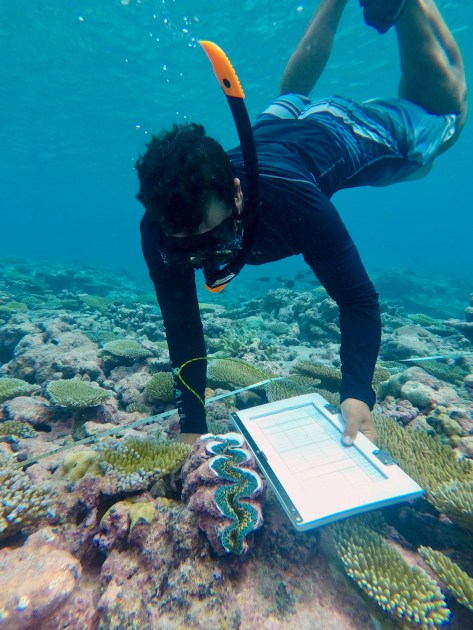
“You have this natural capital in your water,” Kleisner said. “Fish are commonly thought of in terms of dollars, and they’re incredibly important to livelihoods. But they are also important in terms of food security, sustenance and ecosystem benefits.”
Small-scale fisheries are particularly threatened by climate change, said SNAPP team member Jacob Eurich, a scientist at Environmental Defense Fund whose research focuses on small-scale fisheries, including the I-Kiribati giant clam fishery.
“Oceans are often the primary natural resource for these nations. They don’t have large land animals they can hunt for food, and they don’t have large-scale agriculture,” Eurich said. “When hit with rising sea levels or more severe storms, they don’t have the fallback options that more developed countries do.”
No fishery, however, is immune from the impacts of climate change. The Gulf of Maine and Northeast U.S. Shelf is one of the most rapidly warming regions in the world, according to SNAPP team co-leader Katherine Mills, a research scientist at the Gulf of Maine Research Institute.
Shrimp have essentially disappeared from the Gulf, unable to reproduce and grow to harvestable sizes in warmer waters, Mills said. The productivity of cod and other groundfish, already at the southernmost edge of their range, is also declining with increasing temperatures. And while lobsters have flourished in the added warmth, their long-term outlook is less favorable.
“As species distributions move, the communities that have historically been able to rely on that target resource may no longer be able to access it as easily,” Mills said.
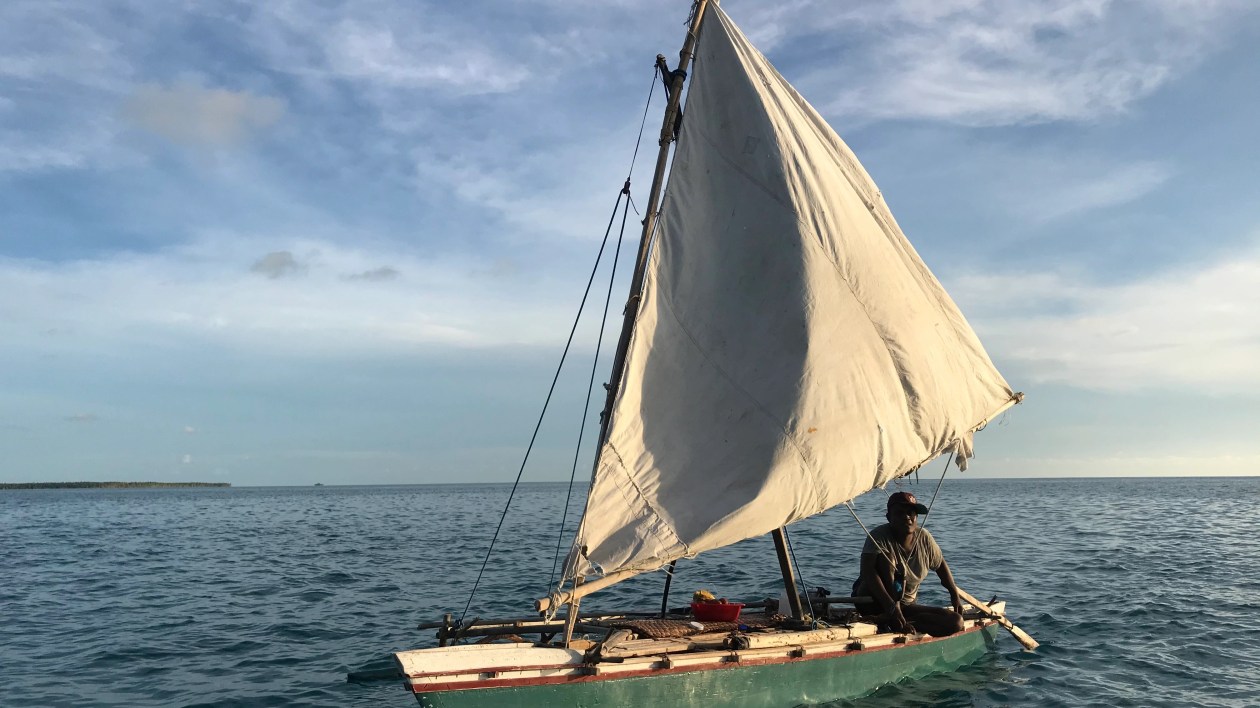
Defining the Features of a Climate-resilient Fishery
Previous studies of fishery resilience have primarily focused on standalone characteristics – for example, whether a particular fish species can track cooler waters or whether a fishing community can weather a certain challenge.
In contrast, the SNAPP team developed a way of analyzing a fishery as a complex system in which fishers, ecosystems and management all interact and influence one another. In a 2022 study, co-led by Eurich and SNAPP group members Julia Mason and Jacqueline Lau, the scientists identified attributes of fishery resilience, which they defined as the ability to resist, adapt, cope or transform in the face of change.
On Kiribati’s remote islands, for example, fishers’ deep attachment to local waters undergirds how they think about harvesting clams. This makes the fishery more resilient than on Kiribati’s densely occupied and urbanized island of South Tarawa where residents have largely lost that sense of place, Eurich said.
“On the outer islands, people understand the fishery is changing, but they have their own adaptive strategies in place,” he said. “They recognize that if you take all the clams one day, that potentially leaves the next generation of your family, village or island in a bad spot.”

Giant clams themselves also have a measure of resilience, both to climate change and the threat of overharvesting. They have a symbiotic relationship with algae: The algae provide food to clams in exchange for safe harbor. As temperatures rise, the algae can track these changes, indirectly making the clams more heat-tolerant. Clams pass along these symbiotic organisms to juveniles nearby, buffering themselves and the next generation from warming and nutrient-poor waters. Also, I-Kiribati clam fishers are free divers, which means clams in the deepest waters have a natural safe haven.
“A lot of marine animals have inherent ecological resilience,” Eurich said. “Even if you pair that with fishing, in healthy systems the species can still adapt. The problem is when you have multiple shots at once. It’s too much for the species to overcome.”
Kiribati is one of 18 case studies the SNAPP team is analyzing to show how the attributes they identified play out in real fisheries. Their analysis spans a diversity of global fisheries, from Galicia’s stalked barnacles to Japan’s common squid and the Northeast Atlantic’s pelagic fishes.
But staying climate resilient for some fisheries may mean finding new opportunities. Many fishing communities in Newfoundland, for example, have transitioned to a tourism-based economy.
“Fishers are naturally adaptive people – every day, they’re adjusting to what they observe on the water,” Sullivan said. “But it’s a false picture to say fishers are going to be able to maintain the status quo.”
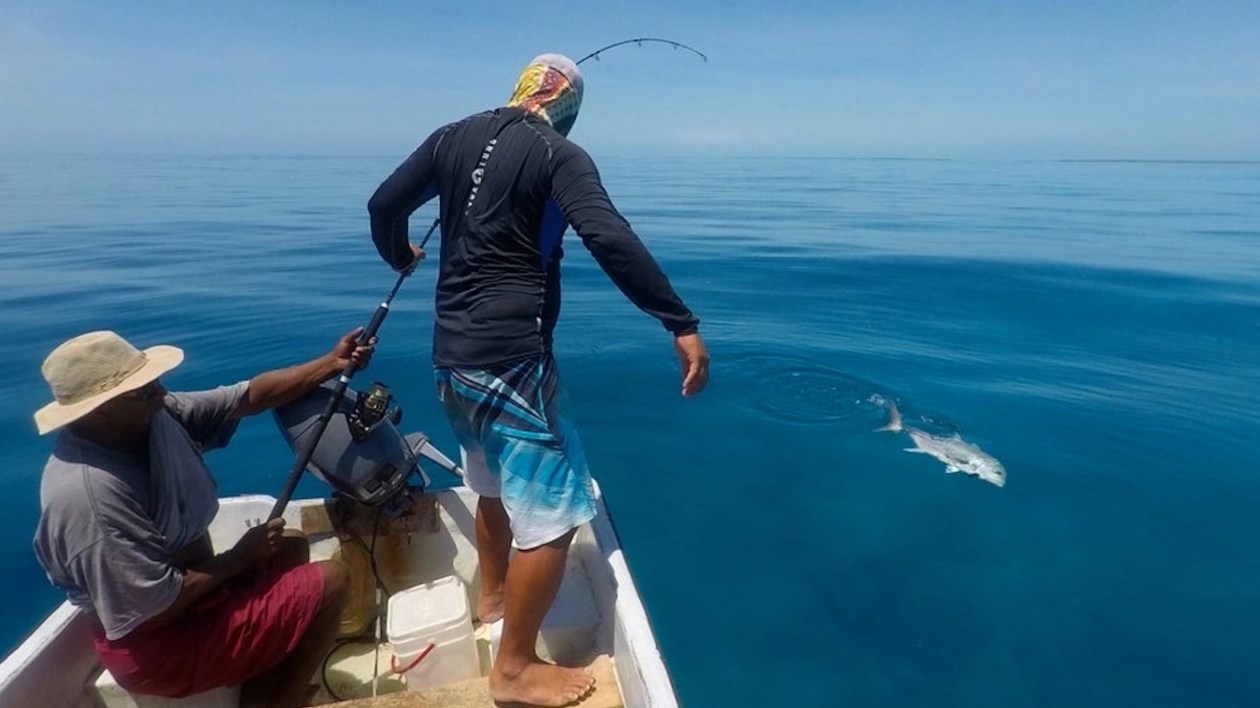
Tool Can Guide Fishery Decision-making
The team designed the Climate Resilient Fisheries Toolkit to help natural resource managers identify their fishery’s particular risks and sensitivity to climate change. With an interactive online guide, users can assess the current resilience of a fishery and determine steps that may buffer climate impacts in the near future and build resilience long term. A pilot version of the toolkit will launch in early 2023.
The tool offers guidance rather than a prescription, Sullivan said.
“What you really want is the managers and the scientists and fishermen, all in the same room, sharing ideas in an equitable, caregiving manner. We’re all trying to work towards the same thing,” he said.
Kleisner noted fishery management can often focus on a single goal: maximizing yield. Critically, the tool takes a more holistic approach, incorporating the goals of people who work in fisheries and the welfare of ecosystems.
“How do you balance those goals and needs to make sure people and nature are thriving?” Kleisner said. “These attributes help us envision how to increase fisheries’ resilience to climate change in equitable ways.”
While the SNAPP group officially concludes in December, its members’ work will continue, most notably via a new UN-endorsed Ocean Decades program known as Fisheries Strategies for Changing Oceans and Resilient Ecosystems by 2030, or FishSCORE 2030. Led by Mills, the program builds upon the work of the SNAPP group to support climate-resilient fisheries.
“Our plan is to more actively deploy these frameworks in real-world settings with a focus on resilience planning and strategizing within particular fisheries,” Mills said. “Through this SNAPP working group, we’ve been able to put that foundation in place.”




Join the Discussion